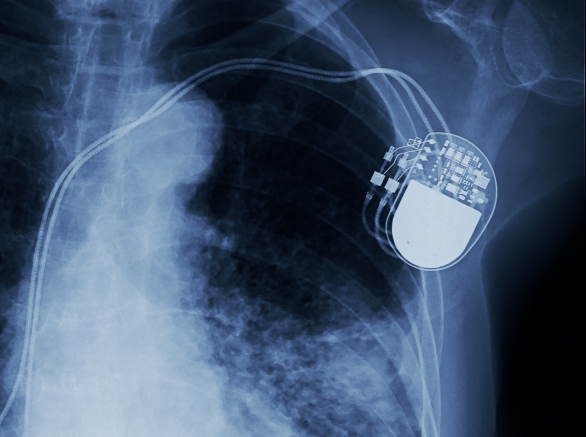January 22, 2024
A series of town halls will support the medical device industry by sharing the current sterilization landscape, including alternatives to ethylene oxide
On Jan. 8, the Food and Drug Administration published final guidance for medical device manufacturers titled "Submission and Review of Sterility Information in Premarket Notification (510(k)) Submissions for Devices Labeled as Sterile." FDA also announced that vaporized hydrogen peroxide (VHP) will now be considered an established category A sterilization method for medical devices.
FDA's actions follow a set of April 2023 proposals from the Environmental Protection Agency aimed at reducing ethylene oxide (EtO) emissions by requiring commercial sterilization facilities to lower their use of the chemical by as much as 80%.
Innovation in medical device sterilization and development of alternatives to EtO sterilization
EtO is used to sterilize roughly half of all medical devices in U.S. commercial sterilization facilities, but EPA has identified potential related health risks to workers and nearby communities. Given the industry's heavy reliance on EtO to sterilize life-saving devices, EPA's request for comments on its proposals was met with substantial concern over the availability of alternative methods and downstream access to medical devices.
To clarify emerging regulations and its guidance, FDA held the first in a series of town halls on Jan. 10 discussing medical device sterilization and EtO in particular. In a signal of support for EPA, FDA said it "shares concerns about the release of EtO at unsafe levels into the environment and is interacting collaboratively with EPA and other jurisdictions to identify ways to reduce use of EtO that maintain safe and effective medical device sterilization without compromising patient care."
Heightened attention to EtO began in 2019, when the closure of several sterilization facilities that used EtO — resulting from an Illinois EPA Seal Order — negatively impacted the supply chain for more than one hundred varieties of medical devices. Since then, according to FDA's recent town hall, many facilities have reduced their use of EtO, and the agency has focused on collaborating with industry to develop alternative sterilization methods.
There are currently no alternatives to EtO for sterilizing many medical devices because of issues related to material compatibility, infrastructure needs, and packaging, among other concerns. However, FDA's announcement about VHP, citing the recent recognition of ISO standard 22441:2022 on the sterilization of health care products using low-temperature vaporized hydrogen peroxide, represents ongoing efforts to expand viable alternative sterilization modalities for some devices.
FDA also suggested that the transition away from EtO for industry would take many years.
Future FDA town halls and resources for the medical device industry
A series of follow-up FDA town halls will be held to continue discussions around medical device sterilization in the coming months. The next session, on Friday, Jan. 26, will be dedicated to FDA's related 2023 activities, including recently updated guidance on devices labeled as sterile and the creation of a specialized, cross-functional team — known as the EtO Tiger Team — to further support efforts to reduce reliance on EtO.
As device manufacturers are tasked with keeping abreast of innovations in sterilization technology, FDA's medical device sterilization website can be used to identify sterilization facilities, including those using EtO alternatives, registered with FDA. FDA also provides a list of recognized, consensus standards that medical device manufacturers can reference in their pre-market submissions and encourages manufacturers to engage with regulators through both the town hall series and Q-submission process. As highlighted during the first town hall meeting, manufacturers should also consider the Radiation Sterilization Master File Pilot Program when making certain changes to their sterilization processes, such as those made to sterilization sites or methods.
What Can We Help You Solve?
Exponent's team of biomedical engineers, health and materials scientists, and regulatory experts can help you assess existing and emerging EPA and FDA EtO regulations, evaluate alternative sterilization methods for your medical devices, and minimize or eliminate negative supply chain impacts for your products.
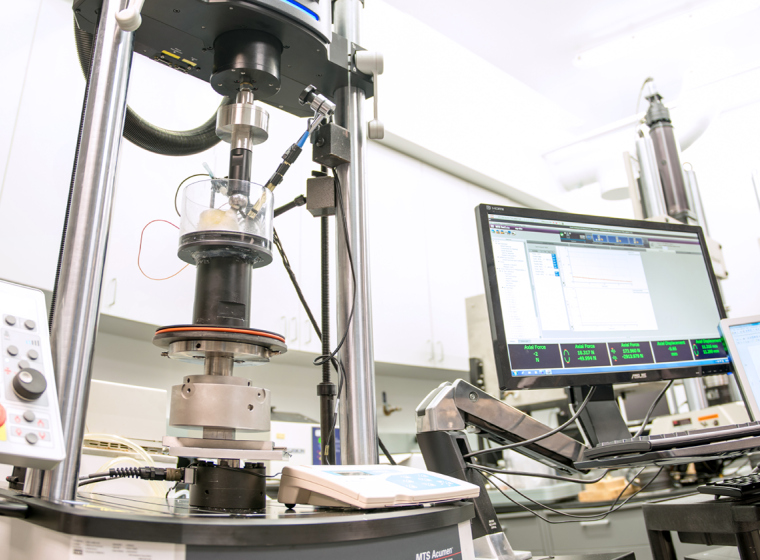
Biomedical Engineering Laboratories
Expert biomedical laboratory services, delivering evidence-based answers for your most complex challenges.

Regulatory Compliance for Medical Products
Experienced regulatory support for medical devices, pharmaceuticals, and combination products.

Biomedical Expertise for Therapeutic Areas
Multidisciplinary insights for a range of therapeutic product development challenges.
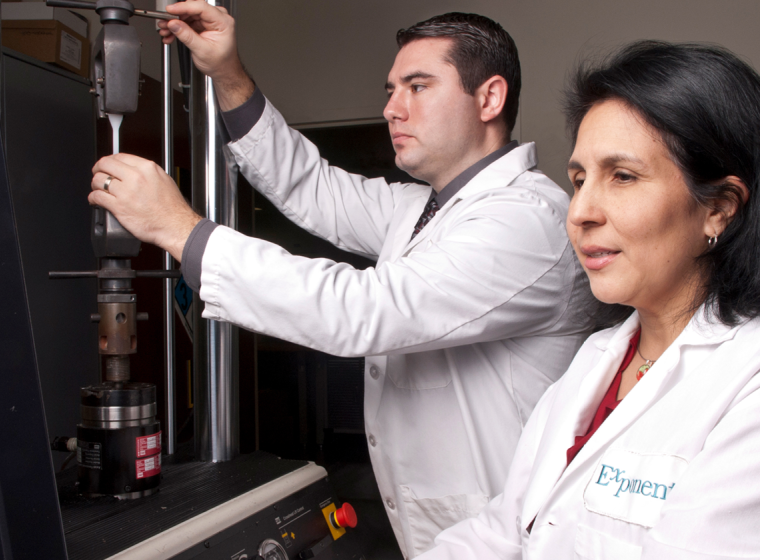
Medical Device Design & Development Support
Crucial medical device design and development analyses to empower your decision-making.
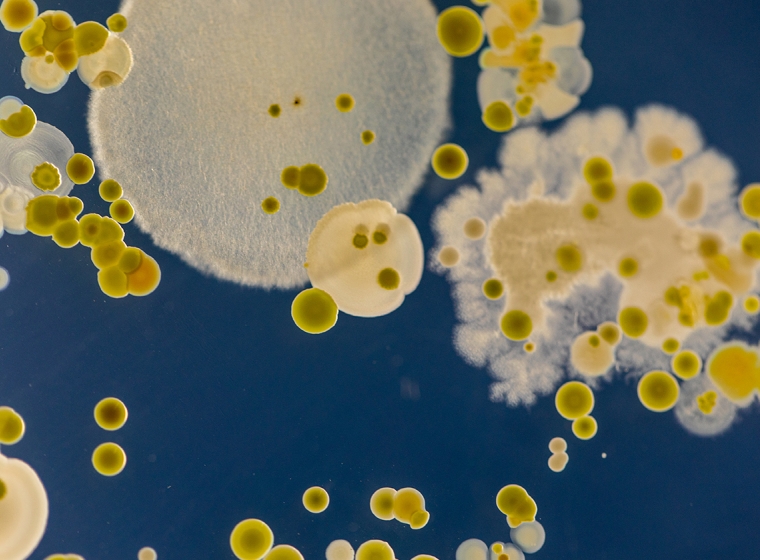
Biocides & Antimicrobials
Expertise in multifaceted regulatory requirements in biocide and antimicrobial product approval processes.
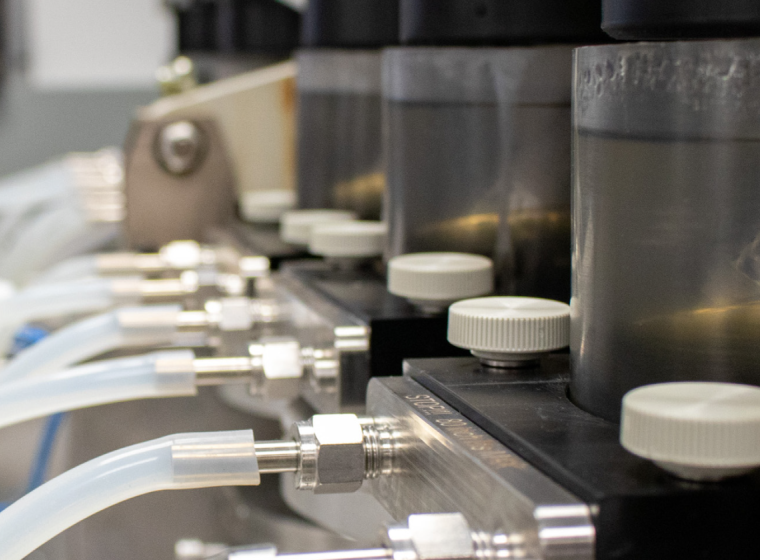
Biocompatibility & Biological Risk Assessment
Address biocompatibility challenges throughout the medical-device product lifecycle.




